Whole wheat sandwhich loaves.











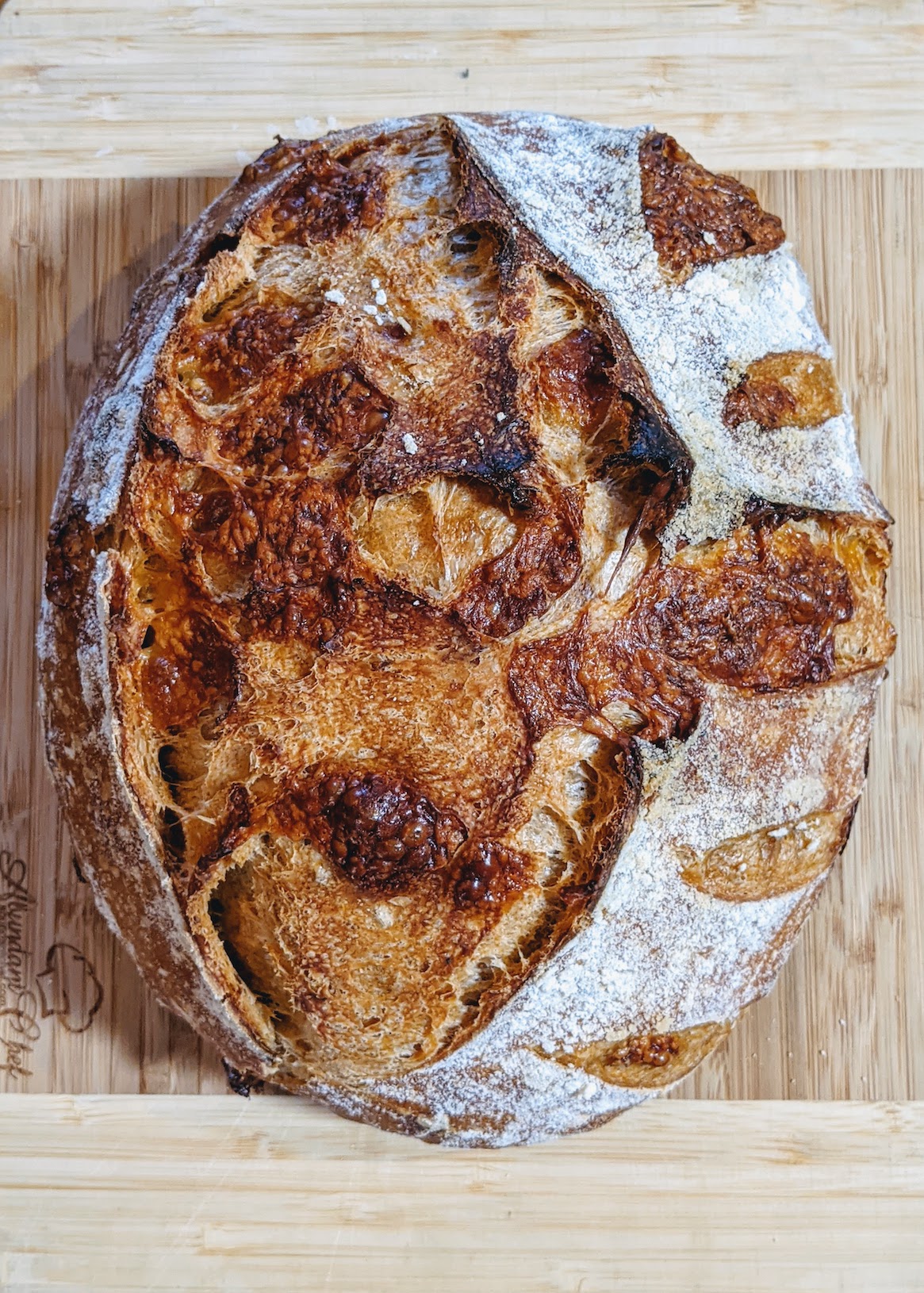
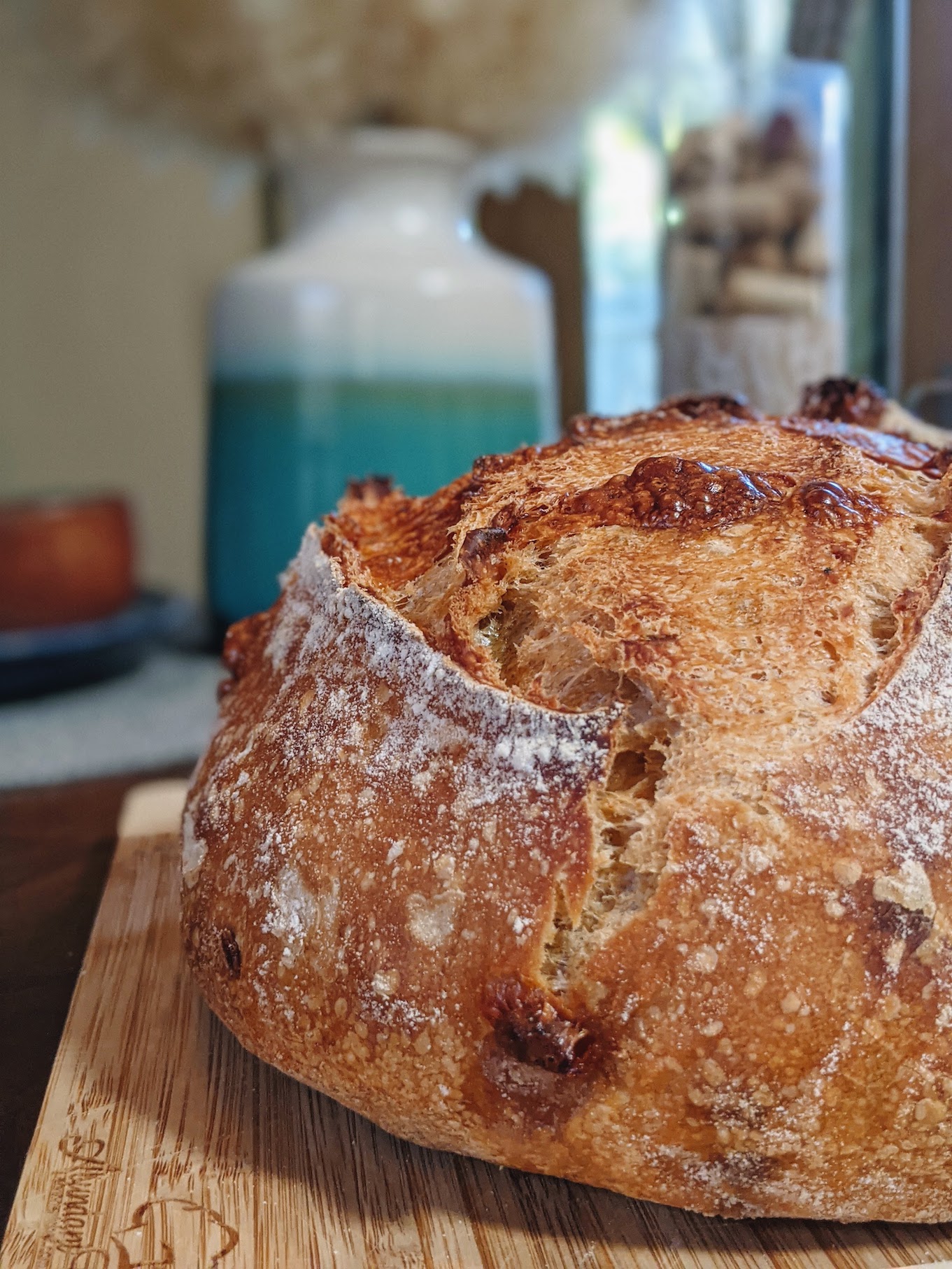
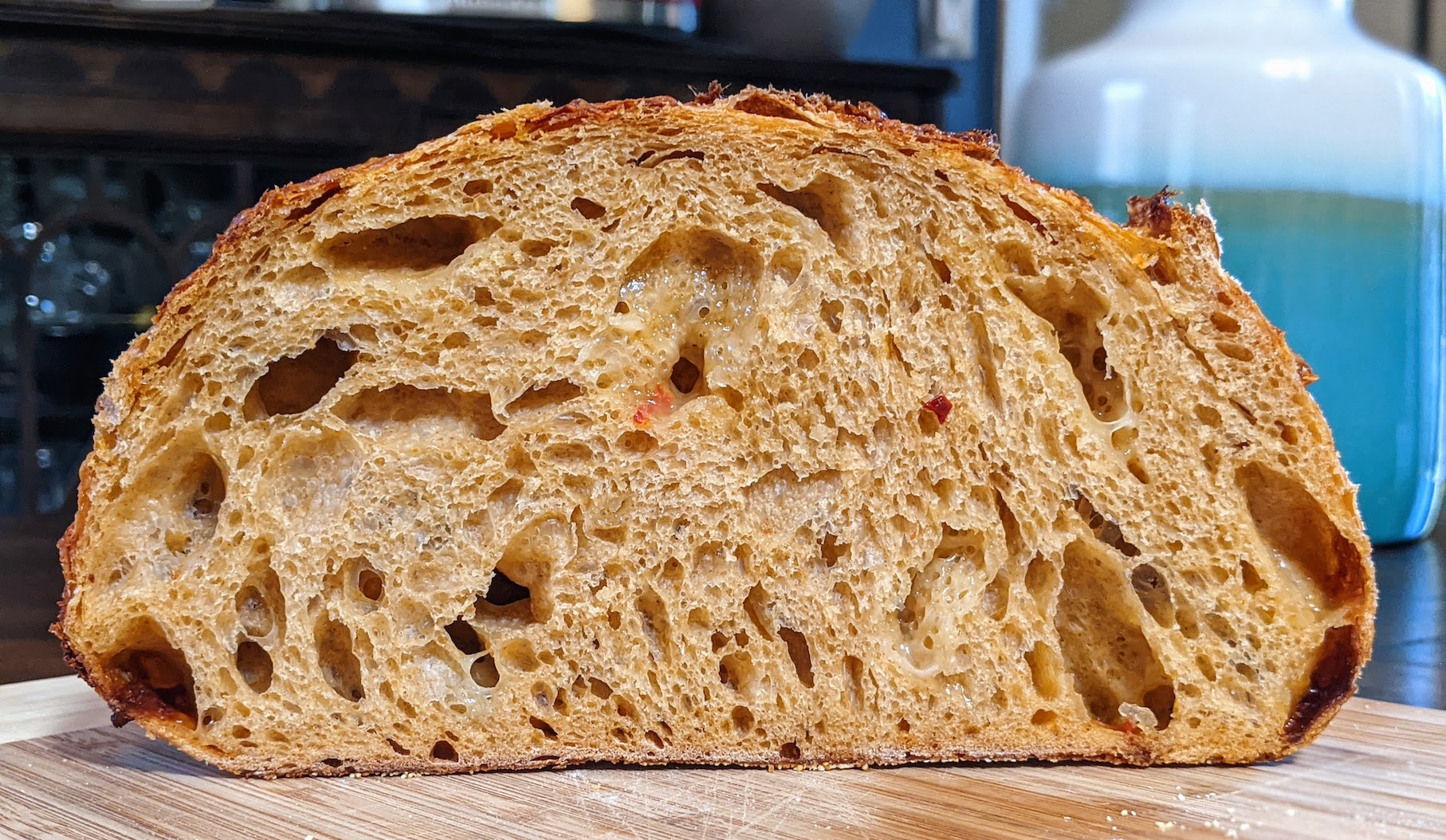
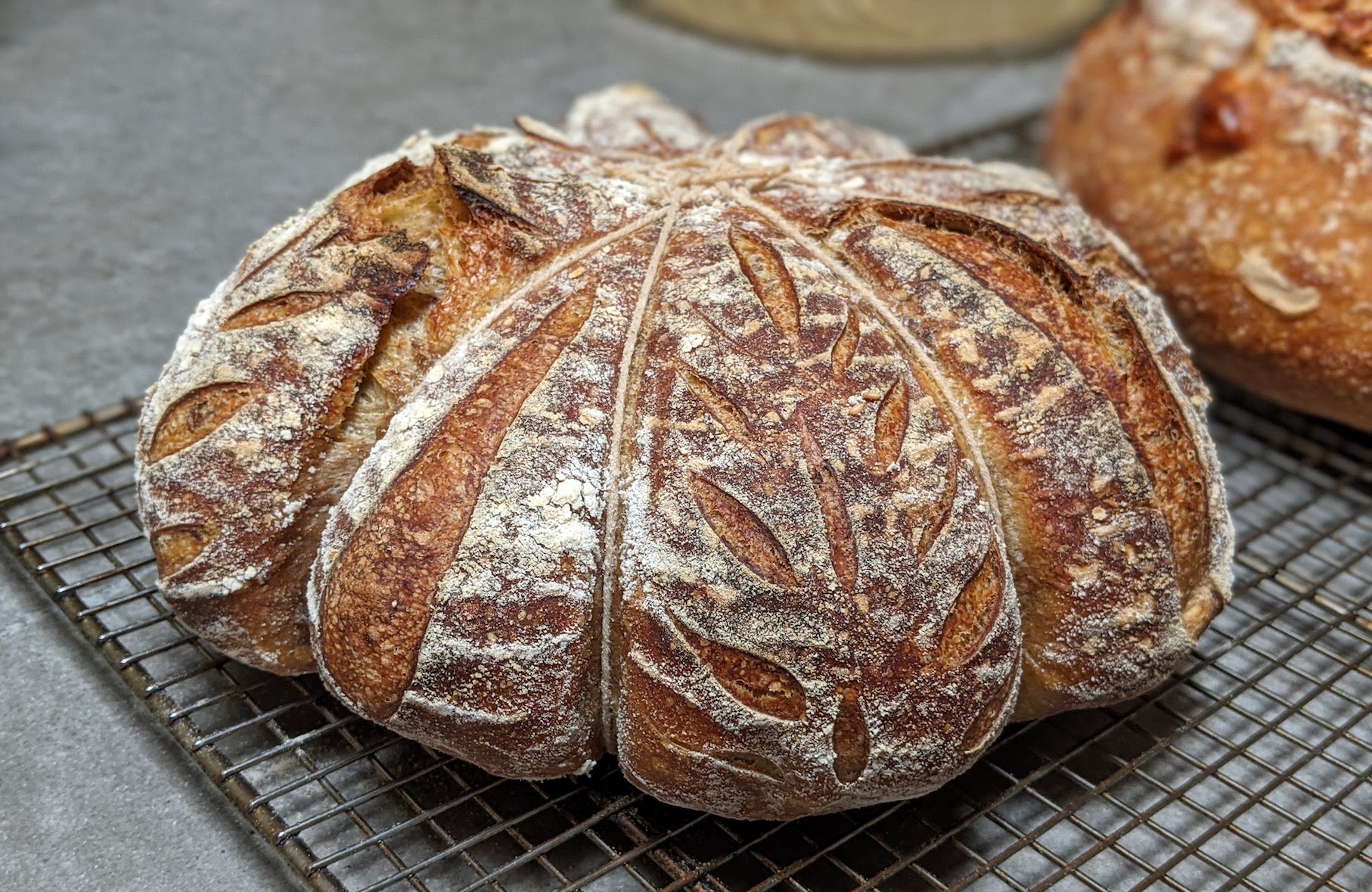
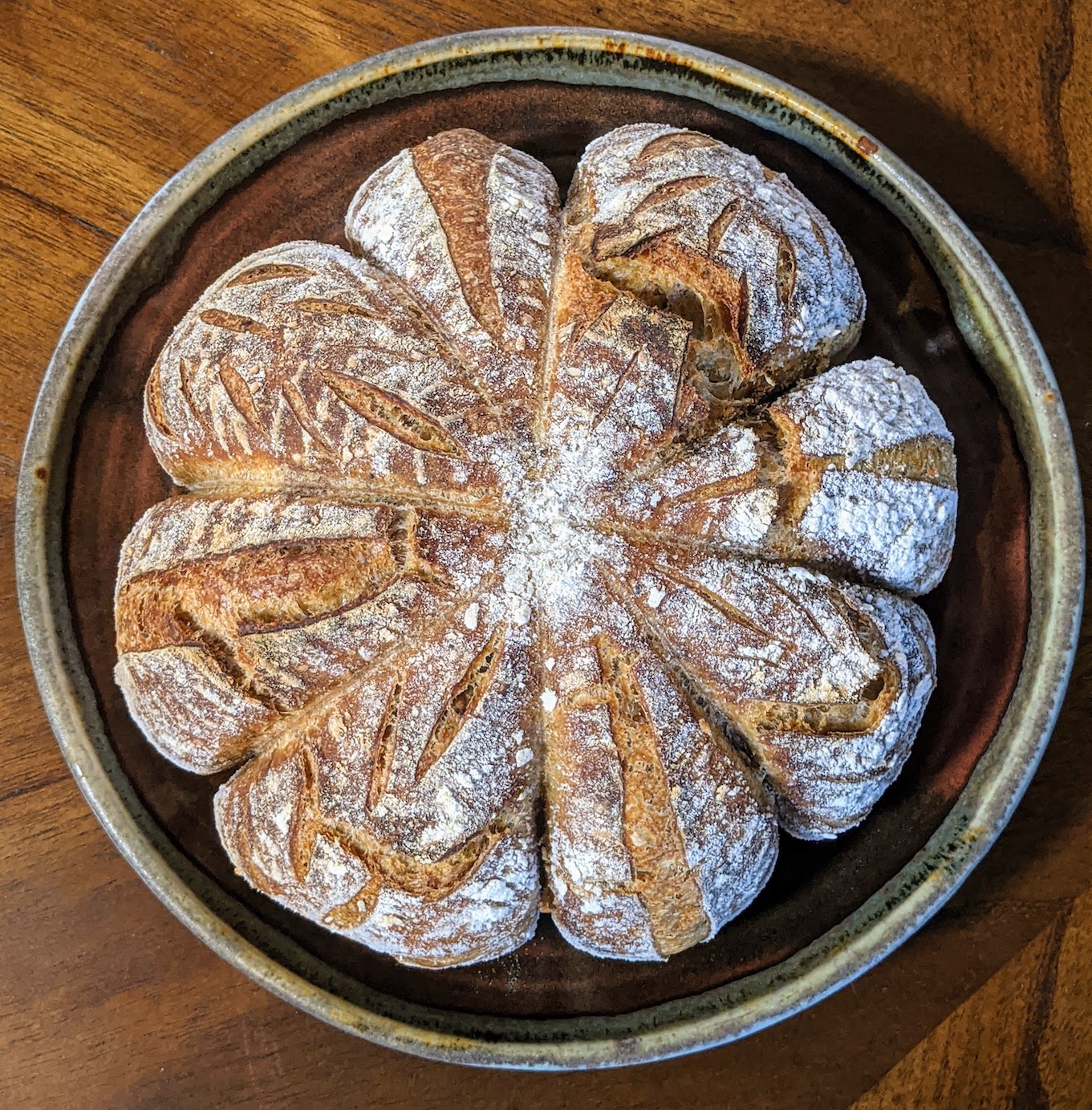
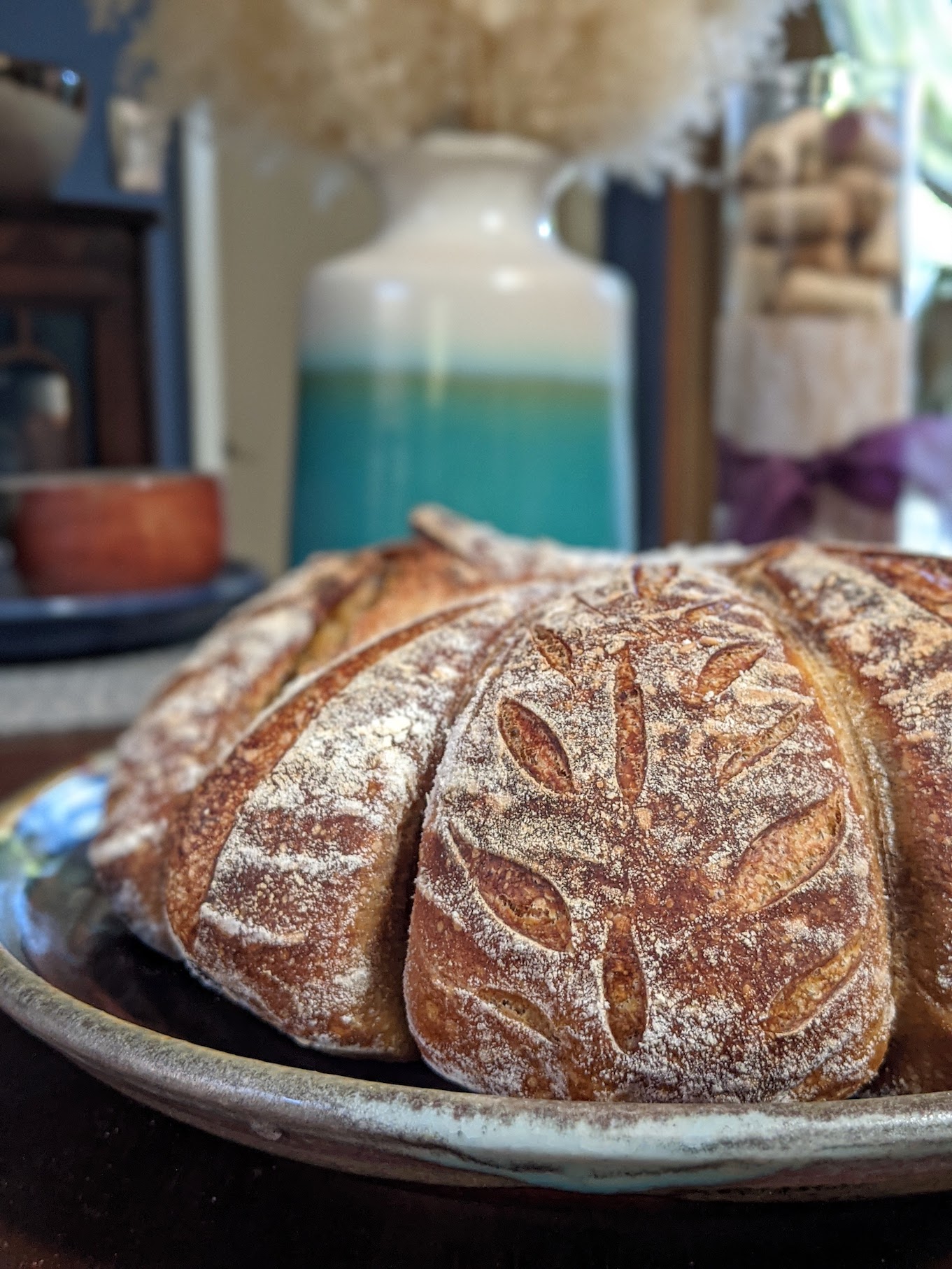
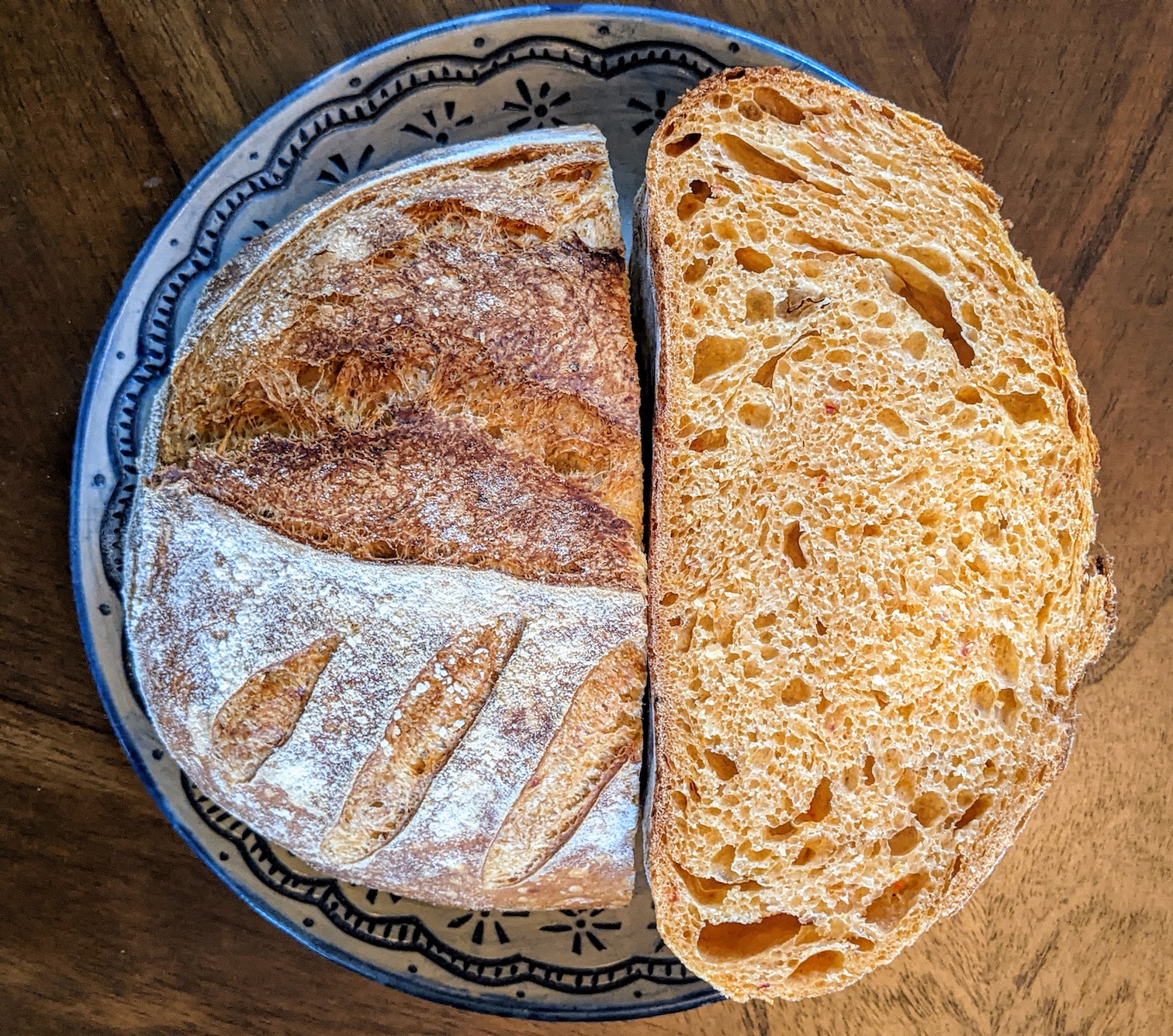
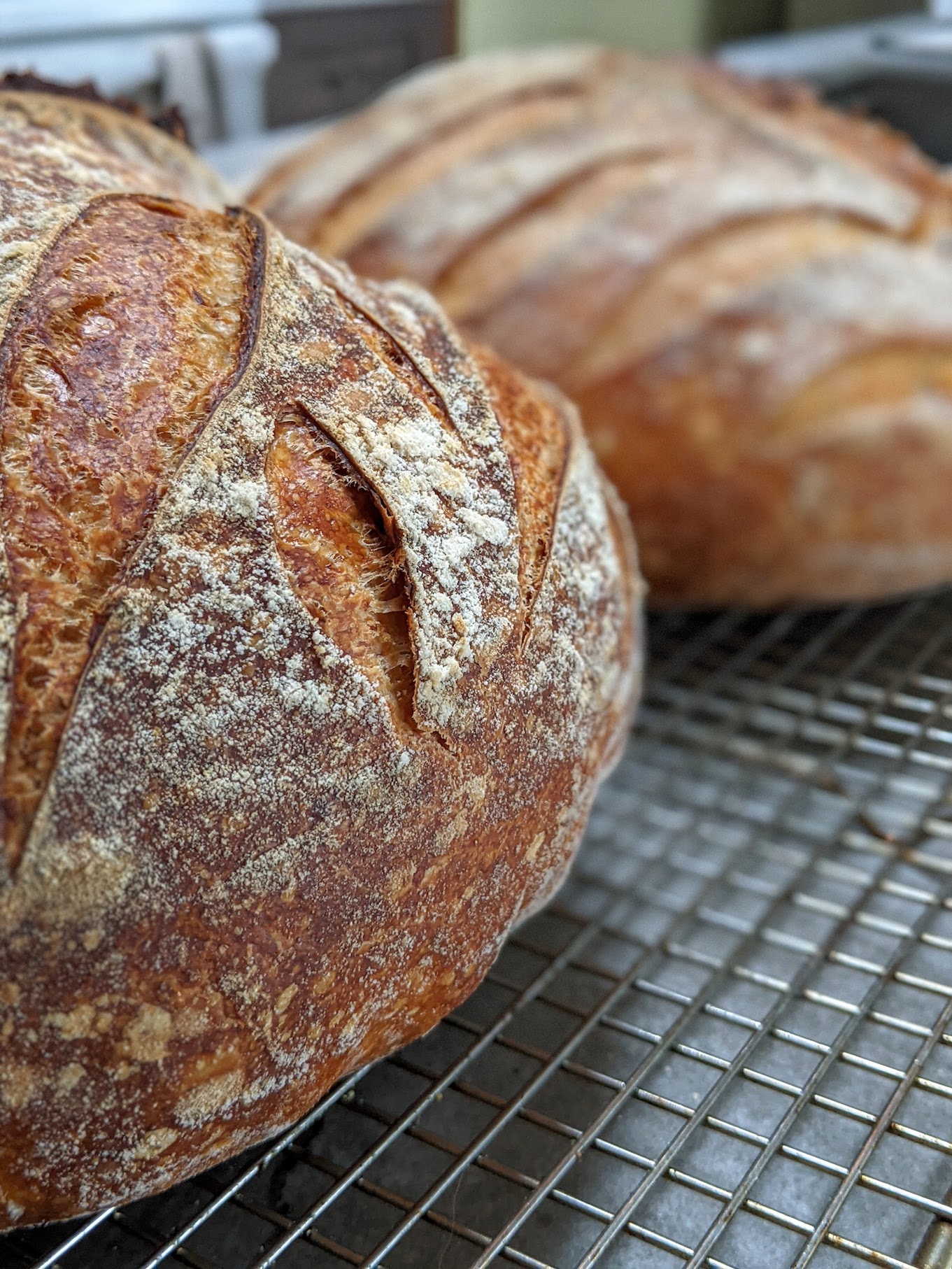
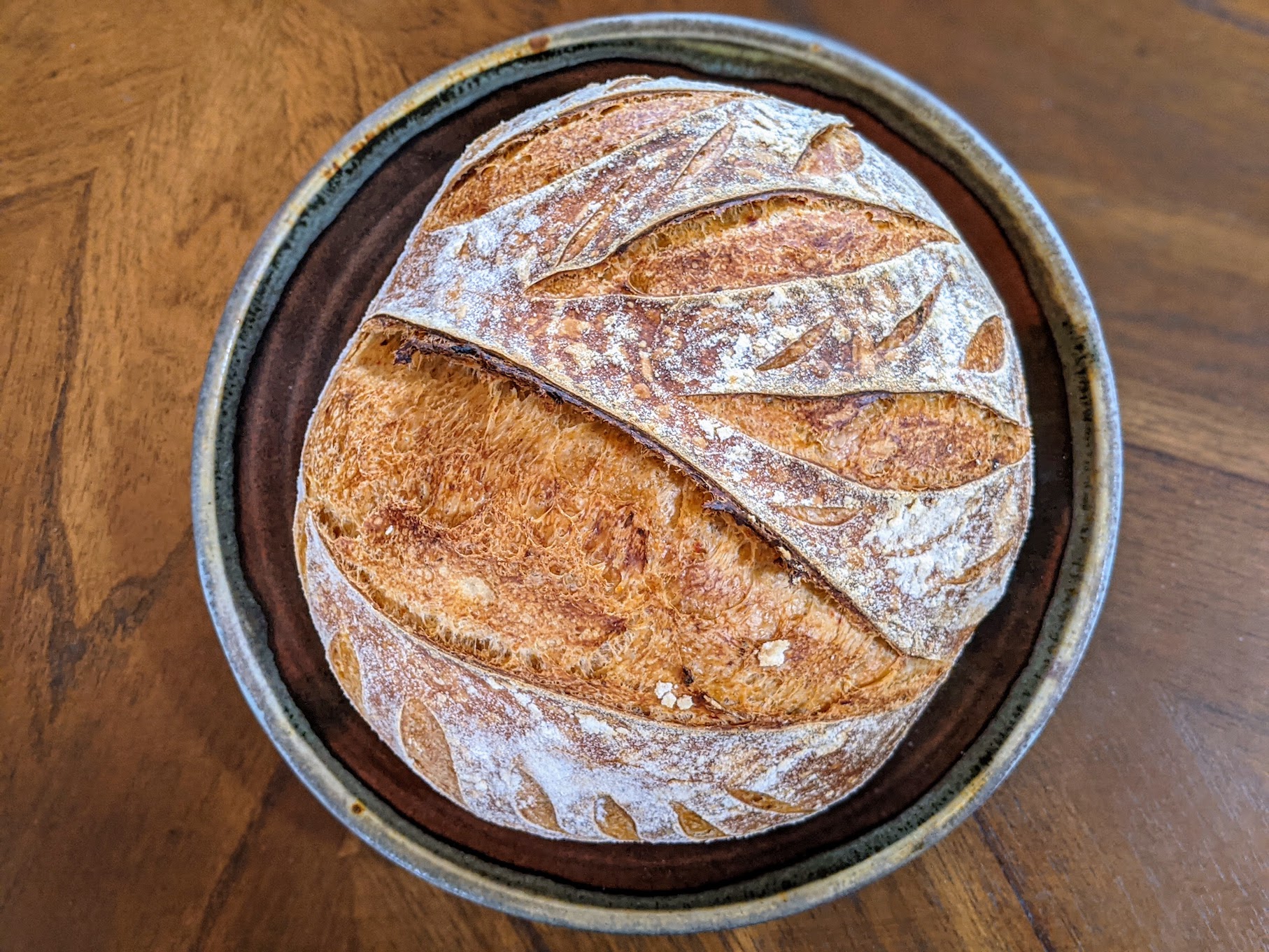
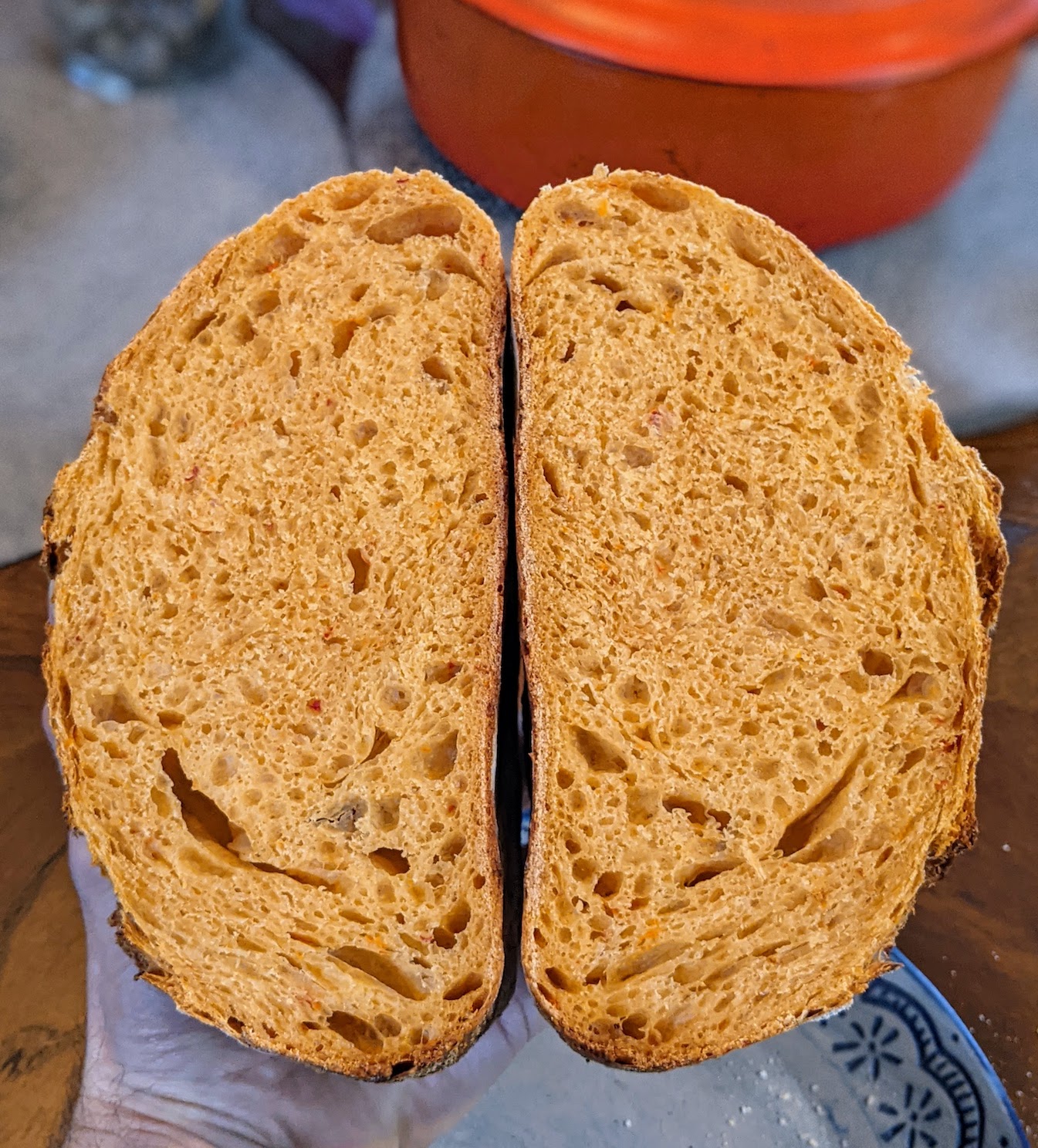















to the master bakers out there. I had a new "problem" today and hope someone might have some insight. I have been making my sourdough recipe for years. I use a kitchenaide. When it is just right it will stick to the bottom of the bowl for the first 6 or so minutes of kneading. then in the last couple of minutes it will pull away and form a clump on the dough hook.
Today the starter I used to make the biga last night was a bit dryer than normal so the dough did not start out sticking to the bottom. I added water until it was just sticking to the bottom. All was normal for about 6 minutes of kneading until all of a sudden the dough ball that was on the dough hook collapsed and the entire ball started sticking to the bottom and sides of the bowl. I added a little flour and got it to partly pull away but it was still very sticky.
It didn't rise as well as normal and baked up a little flatter, although still good bread. It was also a very wet bread. All I can think of is the water I added had stayed in the outside layer of the dough so the center part still held to the dough hook. Finally the water penetrated the center and caused the collapse. Although that does not explain why the outside of the ball was not sticking during the first part of the knead.
It is a high hydration dough. I measured correctly but the starter is always a variable as I don't measure when I add replacement water and flour to my starter jar. Thus the starter can have more or less hydration on a given batch. And that can be significant as my biga is 250 gr starter, 180 gr flour and 175 gr water. the rest of the dough, added the next day before kneading is 30 gr honey, 3/4 tsp salt, 300 gr flour and 75 gr water. I usually end up adding 2 to 3 tsp of water during the knead to get just the right amount of "stick" to the bottom of the mixing bowl. For this batch it was probably closer to 5 tsp of water before it was sticking like I expect. But then, as discussed in the OP, it just collapsed and turned very sticky after about 7 minutes of kneading.That's a strange issue. Are you sure you measured your water correctly for both the biga and when you mixed your biga with the rest of the water/flour? Everything you described sounds like how a high hydration dough performs.






















Beautiful as always. I love the additions. I added cheese for the first time ever so I appreciate some better inspiration. I dont measure but that recipe seems wetter than what I use? Mine is 3 c water to 6.5 c flour. And is considered a wetter no knead type dough I think. I have tried more water, cant recall results other than difficult to work with. But a little oil cures that for me.I've been on a savory bread kick lately. This bread with sun dried tomatoes and roasted red peppers was my latest to keep with the savory trend.
I blended some oil packed sun dried tomatoes and roasted red peppers into a puree and then combined that with the flour to give this bread a huge boost of flavor.
Ingredients
* 900g bread flour
* 100g rye flour
* 750g water
* 200g starter
* 22g sea salt
* 18g roasted red pepper
* 45g sun dried tomatoes
Basic Method
I used the 'lazy' method here which means no autolyse or starter buildup. I simply took 200g of my starter straight from the fridge and added it with the rest of the ingredients. There was an 8 hour bulk ferment at room temperature followed by 17 hour cold proof in the fridge.
For a full explanation of this method with instructions, check out this post: Roasted Bell Pepper + Sun Dried Tomato Sourdough

Scoring close-up

Top view of one loaf

Crumb shot






















I can't explain the greater complexity of flavor. I assume it comes from a longer fermentation, but his whole technique is different from anything I've ever done before. He is very specific about when to use the starter to achieve the right flavor profile and he uses temperature differently in the pre-baking stages. He advocates starting the leaven at about 65* and then once the dough is mixed, keeping the it around 80*. The whole process takes about 24 hours from the start of the leaven to baking. He uses 75% hydration with the dough, and there is no kneading, just turning the dough periodically through the first fermentation period. I did use a combo cooker which made a huge difference with the crust.What provides the complexity of flavor? Is there a very long fermentation at low temperature? What hydration called for - 70% , more? What makes for the better crust - Do you bake the bread in a dutch oven to trap the steam for the first half of the bake time?
My most successful brioche attempt so far, may have needed to tent it sooner or maybe a lower temp. as it looks a bit dark.
View attachment 707396View attachment 707397
No light bulb, an aura.i was wondering why you put a light bulb in it to make it glow?

 off to the lab/kitchen
off to the lab/kitchen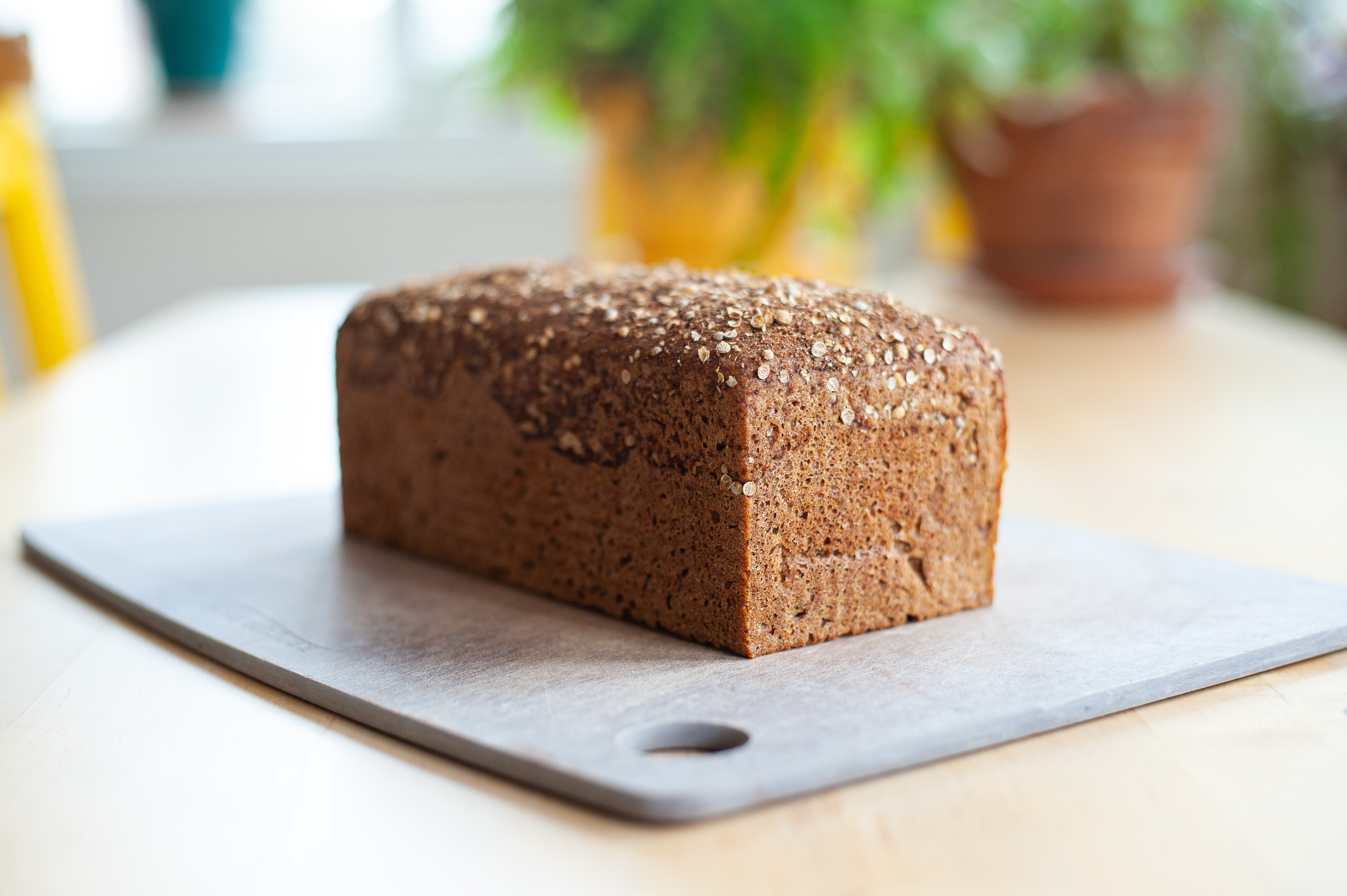
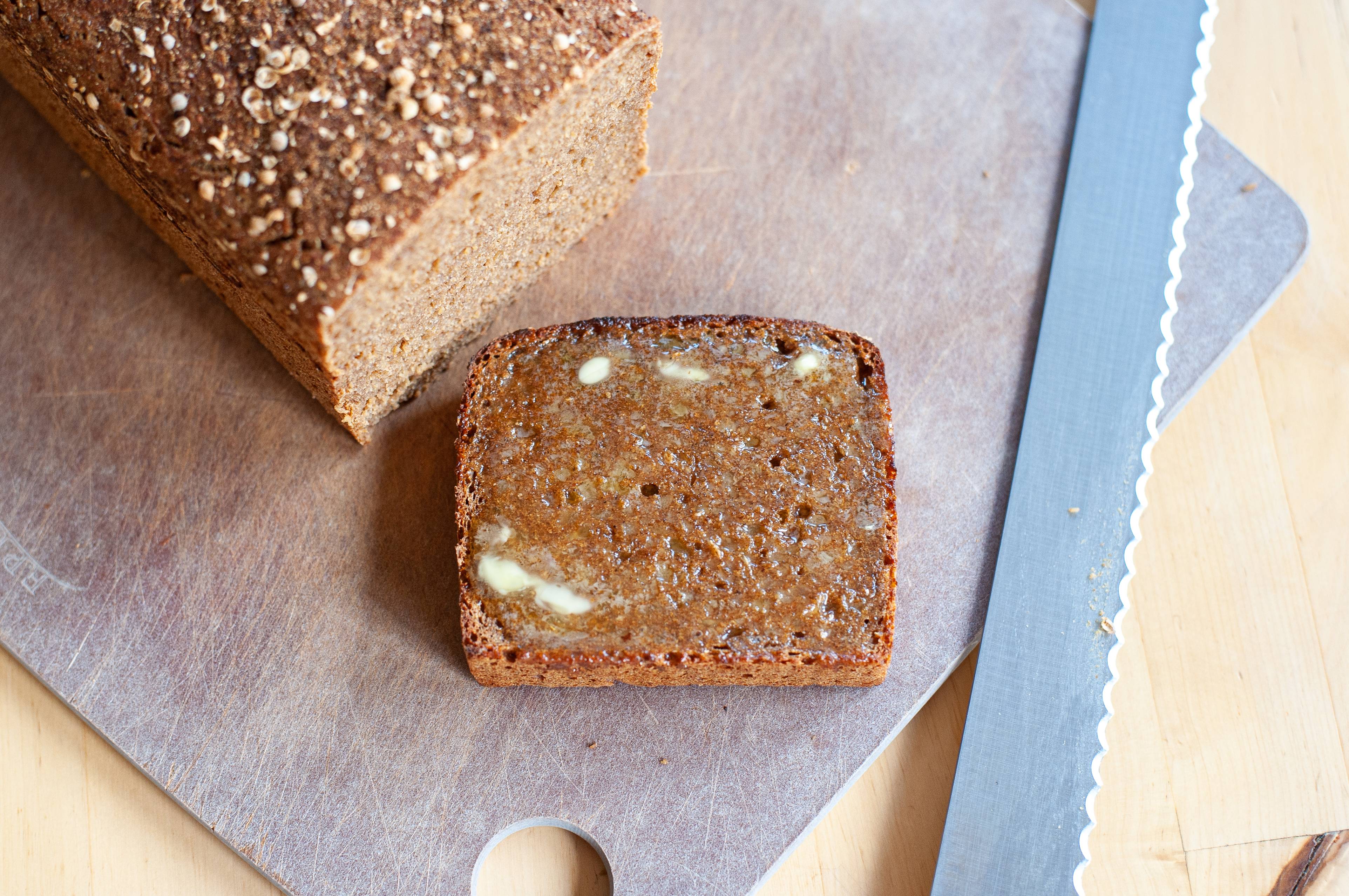

Looks delicious - how did you get to 150% ingredients?